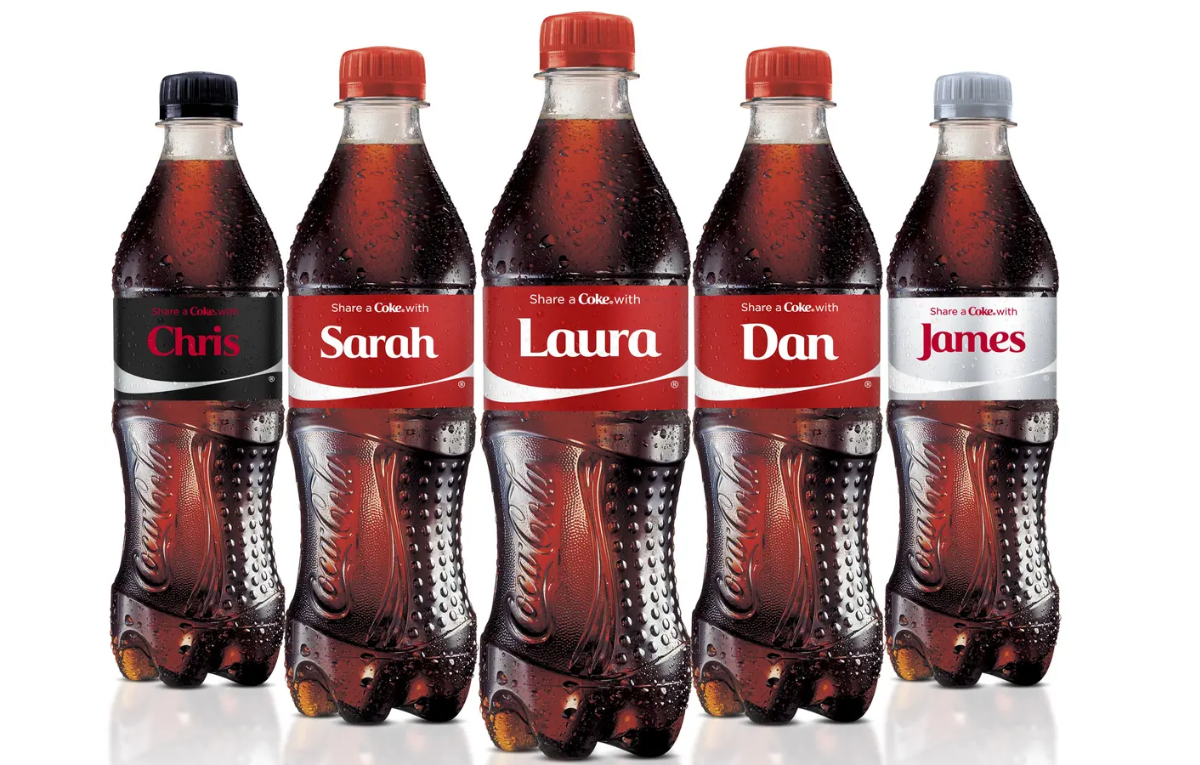How Brands Can Harness the Power of Variable Data Printing for Engaging Packaging
In today’s competitive market, packaging plays a crucial role in capturing consumer attention. To stand out from the crowd, brands are turning to innovative solutions like Variable Data Printing (VDP).
By harnessing the power of VDP, brands can create unique and engaging packaging that draws in consumers. Let’s dive deeper into what variability is and explore the benefits of using VDP in packaging design!
What is Variability?
Variable Data Printing is a technique that enables brands to customise and personalise their packaging through data-driven printing.
This technology, driven by digital print, allows the integration of unique and variable elements such as text, images, or codes into your label designs. Creating packaging that speaks directly to individual consumers.
With variability, brands can add a personal touch, making consumers feel seen and understood.
The Benefits of Variable Data Printing
Actionable Personalised Messaging
Personalised packaging messages create a sense of individual connection with consumers. By tailoring content and messaging to specific individuals, brands can enhance customer experience and build loyalty.

For example, Coca-Cola’s “Share a Coke” campaign replaced their iconic logo with individual names, which led to a significant boost in sales and consumer engagement.
This is a great example of utilising variable data to drive customer interaction. The consumer believes that the product is personalised for them. However, the names were selected by identifying the most common names in the countries they were launched in. Resulting in a personalised feel for the customer, yet an implementable campaign for the company (without having to create thousands of actually-personalised bottles!).

This can be implemented by brands in a similar way by creating ‘groups’. As seen in the example above, consumers will choose the label design with which they identify most. Gaining a personalised experience and connection with the brand without having to collect data directly from the individual.
Targeted Marketing
Variable data printing allows brands to segment their market based on demographics, preferences, or location.
By optimising packaging design to resonate with target audiences, brands can increase the appeal and relevance of their products for customers across the globe.
Consider how Amazon uses VDP to create individualised product recommendations on their packaging inserts, making consumers feel like they are receiving a personalised delivery.
Enhanced Engagement
VDP techniques offer engaging opportunities for interactive packaging experiences.

Augmented reality (AR), QR codes, and NFC technology can be incorporated into packaging to engage consumers beyond the product itself. This not only piques interest, but also encourages interaction, generating memorable brand experiences.
Brand Differentiation
In a crowded marketplace, standing out is essential.
With variable data printing, brands can create packaging that is unique and tailored to the consumer. Customised elements make an impression, fostering brand loyalty and connection.

For instance, Nutella’s personalised jars with consumer names printed on them created a buzz and strengthened the emotional connection consumers had with the brand. Nutella also run limited edition packaging for seasonal offerings, such as pancake day and ‘travel’ jars!
Trackable and Measurable Data
VDP in packaging provides brands with valuable data on consumer engagement and preferences.
By collecting and analysing this data, brands can measure the effectiveness of their personalised campaigns, make data-driven decisions, and continuously refine their packaging strategies.
Implementing Variable Data Printing in Packaging Design
To implement VDP successfully in packaging design, brands must:
- Develop a data strategy by identifying relevant data points for personalisation and ensuring data accuracy, privacy, and security.
- Collaborate with print industry experts who are experienced in variable data printing and understand the technical requirements.
- Choose suitable VDP techniques that align with packaging goals and resonate with target audiences.
- Conduct testing and iteration by trialing different variations and gathering consumer feedback to optimise personalisation and design effectiveness.
Case Studies: Successful Examples of Variable Data Printing in Packaging
Several brands have effectively utilised VDP in their packaging strategies.
Cadbury’s

To celebrate their 200th Anniversary, Cadbury’s have harnessed the power of nostalgia in relaunching some of their old packaging designs.
Utilising variable data, consumers can select the design they remember most in store – creating a positive, engaging experience which boosts brand reputation.
Murphy’s Gin

Another example is Murphy’s Gin. The spirits brand utilised digital label printing to implement personalised packaging for a customer event at their bar, creating a unique experience for a special occasion!
To conclude, Variable Data Printing (VDP) opens up a world of possibilities for brands to create engaging, personalised packaging.
By leveraging the benefits of variability, you can forge stronger connections with consumers, enhance brand loyalty, and elevate overall customer experience.
As consumers continue to seek personalised interactions with brands, incorporating VDP into your product launches and packaging design is an innovative and effective approach to captivate your audience and drive business growth.

